
Car hauling does not always go smoothly – sometimes, clients discover damage to their vehicles that was not taken into account before transportation. To prove their "innocence", companies providing this type of service must implement on an ongoing basis the procedure for drawing up a "status report" or so-called "bill of lading" (BOL).
And, while previously, this procedure was carried out on paper, today, a much more convenient and effective alternative is the use of digital documentation. Below, we will reveal the need to introduce a car hauler BOL in more detail and also consider a special case of its implementation.
Auto Transport Inspection Report: What Is It?
Transport Inspection Report, Car Condition Report, or Bill of Lading (BOL) is one of the required types of documents that must accompany the services provided by car hauling companies. Moreover, in some cases, this report is the only document that is generally needed during transportation since its presence allows the owners to be assured that their vehicles have received no damage when being shipped.

The car inspection report is filled out by visually inspecting the car, indicating any damage, and signing both the inspector and the car owner. Then, the compiled report is sent to the point of cargo acceptance (if it is compiled in paper form, then a copy is sent). The recipient verifies the recorded damage again and, if everything is fine, accepts the services provided.
Also, note that usually, inspectors attach photos or videos of the damage to ensure even greater transparency of services to their customers.
Why Does Your Company Need a Car Hauler Inspection Report?
Since carrier companies bear responsibility (including financial) for damage caused during the transportation of cars, they must introduce tools that would be able to protect them in situations where customers express their dissatisfaction with the poor condition of their vehicles after their transportation.
Thus, to avoid insurance claims, litigation, and, as a result, reputation deterioration, car hauling companies must deliberately implement a transparent reporting system.
What Does a Car Inspection Look Like in the Haulk App?
The Haulk application has all the necessary functionality to provide clear and transparent reporting. This is how a car inspection process is performed through this software.
Step 1: Order selection
First, in the "Plan" tab, inspectors select a pre-created order with the vehicle already entered. After that, they must click the “Scan VIN” button to activate the mobile device’s camera and scan the vehicle’s VIN. This is necessary to ensure that the car being inspected is the one specified in the order.
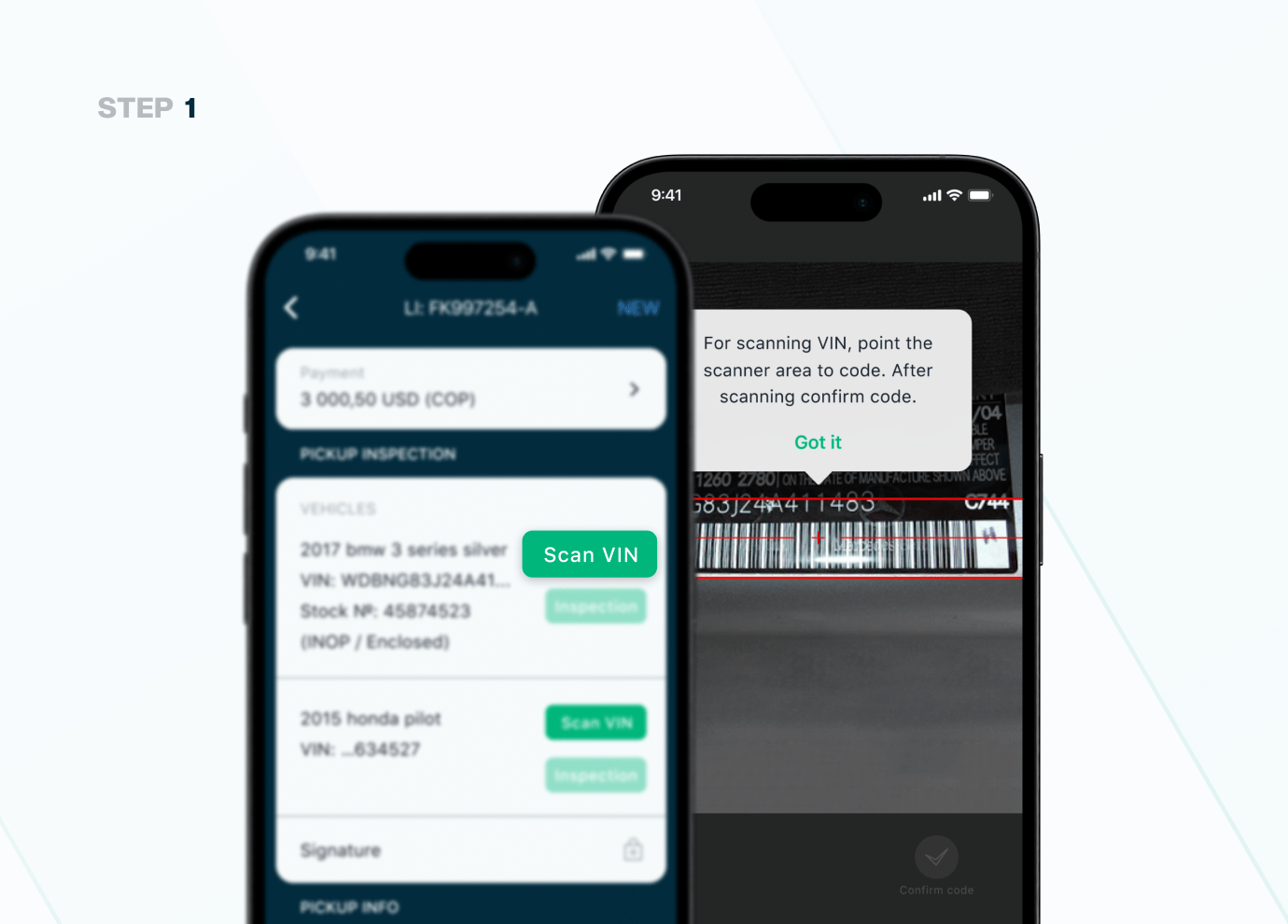
Step 2: Carrying out inspection
Then, the inspector clicks on the "Inspection" button and photographs the car from different sides, as indicated on the template prompt (front, rear, top, side). All damage present on the car (if any) is also noted.
After that, the inspector indicates the conditions under which the car was examined (darkness, rain, mud, snow, etc.), as well as the initial presence of contaminants on the car itself. Finally, the inspector fills out the odometer reading in miles and adds comments if necessary.
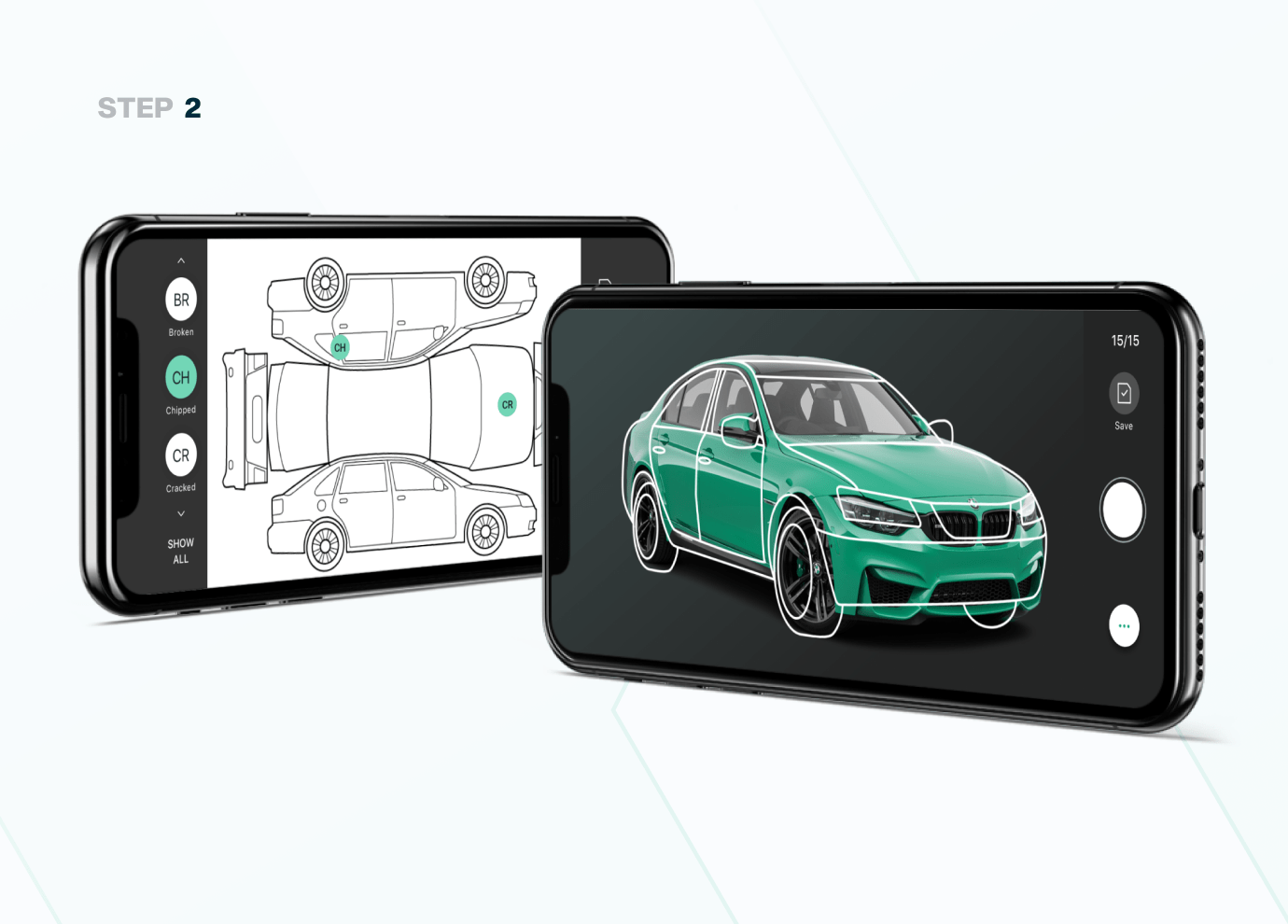
Step 3: Signing of the report by the car owner
After completing the auto condition report, the client (that is, the person who provides the car for shipment) must sign it. In case of refusal, the inspector indicates the full name of the sender. If the client is unavailable, only the driver signs.
Now, it’s all ready to save the vehicle transport condition report.
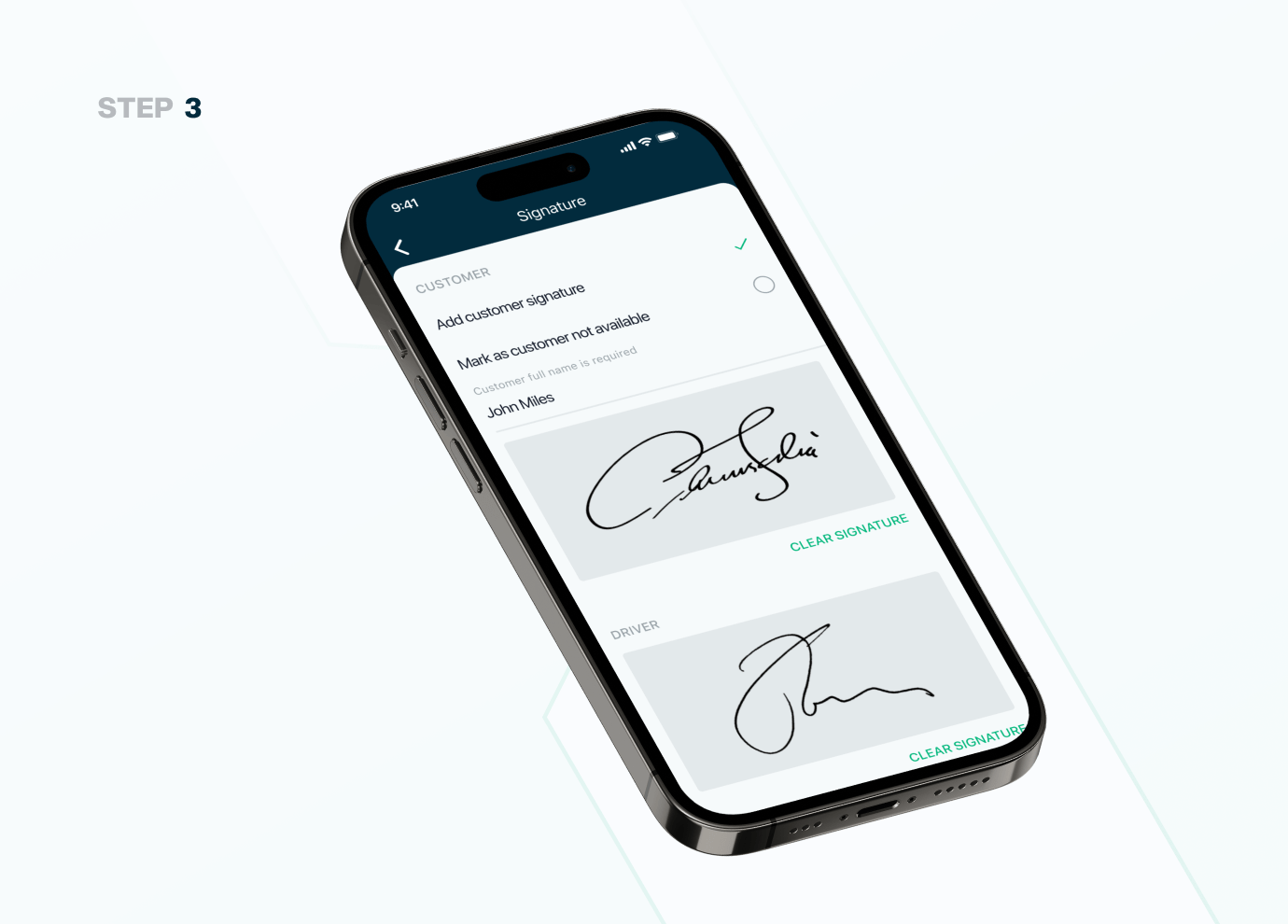
Step 4: Saving inspection results
To save the report, the inspector clicks on the "Save inspection" button. After this, sending a BOL to the car owner is possible. Since photos are uploaded to the report (and, at the same time, to a CRM that the car hauling company uses) automatically through the application, there is no more need to use third-party software such as messengers, where photos of damage and their descriptions can be lost.
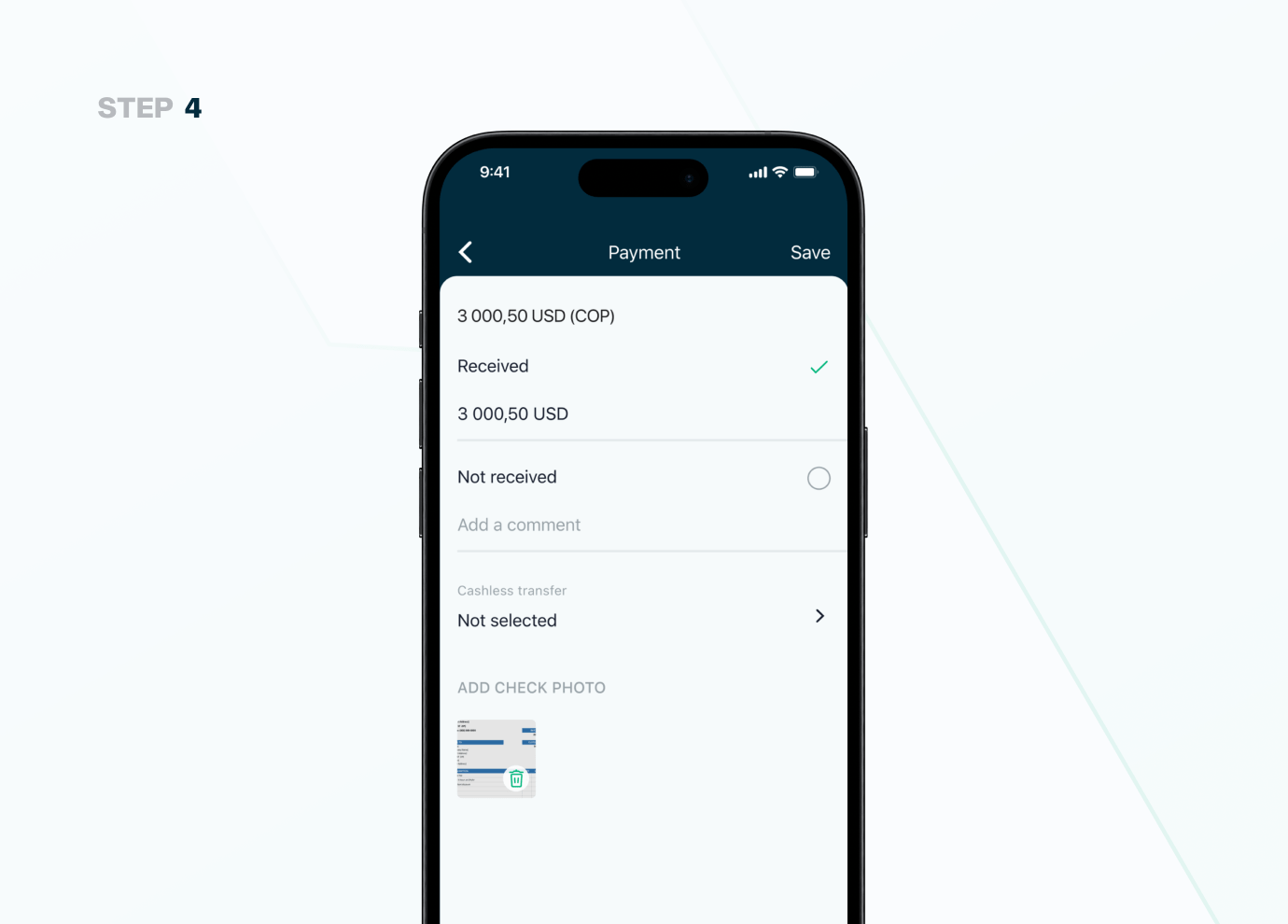
Step 5: Confirmation of the cargo acceptance
After the car has been delivered and the client is satisfied with the quality of the services provided, the driver must submit an electronic payment form with the already calculated cost of services (it automatically appears in the application after the order receives the appropriate status, except in situations where the brokers must pay).
Here, the driver indicates the method of payment or leaves a note stating that the recipient refused to pay. If payment for the order was completed successfully, the order is transferred to the "History" tab.
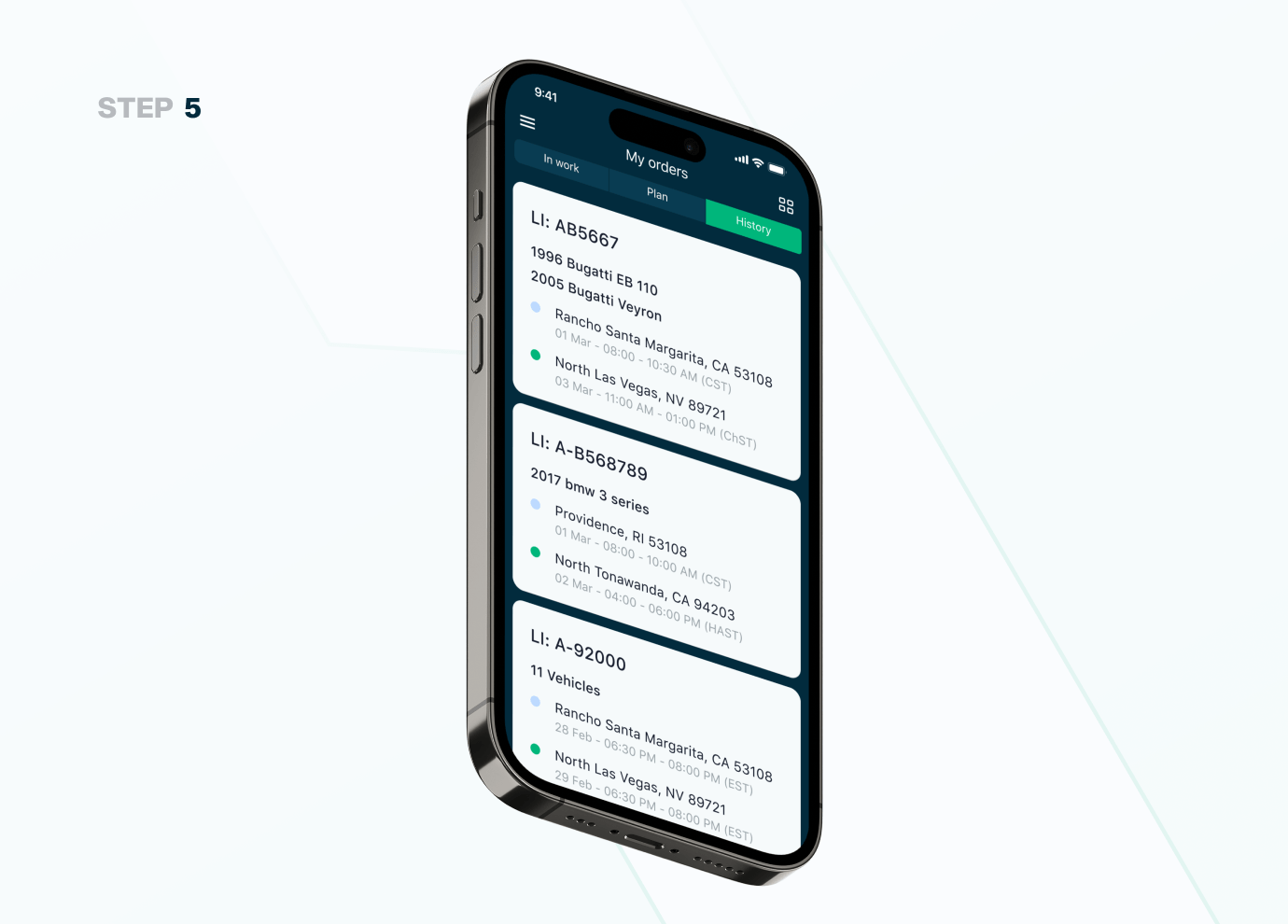
Final Thoughts
In general, reducing the risks associated with possible dissatisfaction of owners with the condition of their cars after transportation allows car hauling companies to speed up their workflows and make them as smooth as possible. At the same time, implementing reporting from scratch can be a real challenge requiring a lot of time and money.
That’s why we recommend checking all the capabilities of our software in its trial version (and, in particular, those related to vehicle condition inspection) to assess all its advantages in real conditions.
Interested in our solution?







